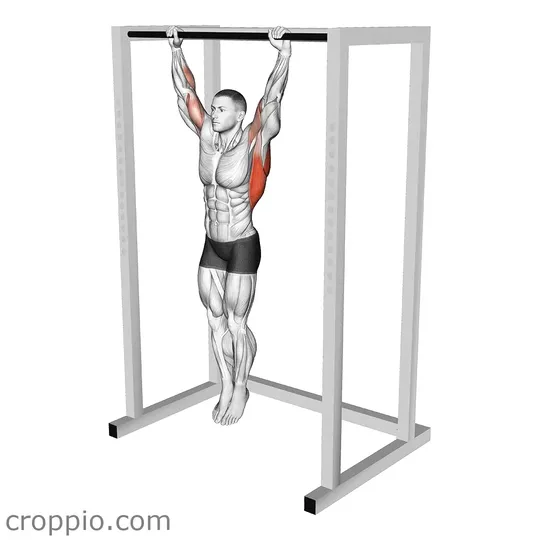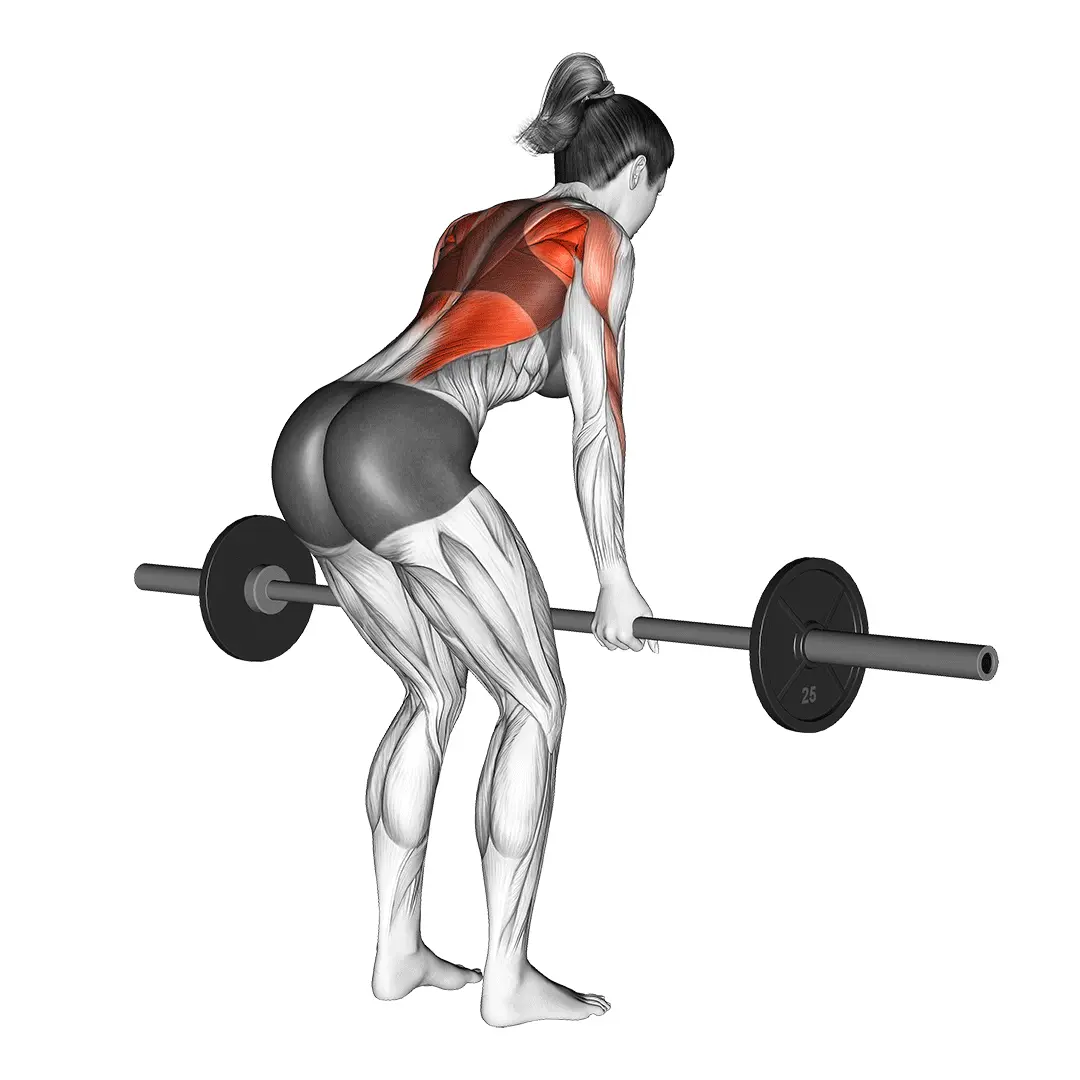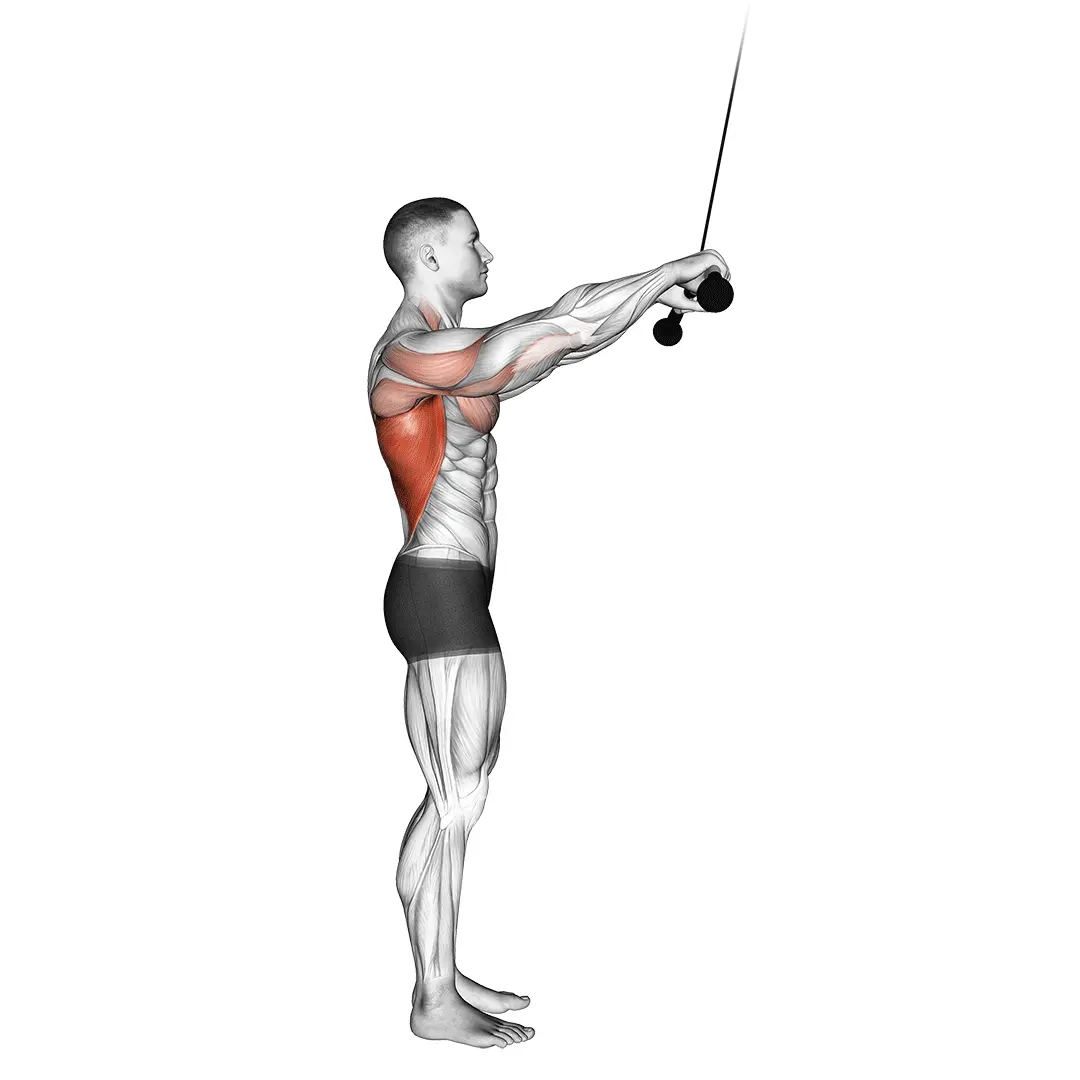Dead Hang

Muscles Involved
The dead hang is primarily focused on improving grip strength, and it activates several key muscle groups. The primary muscles targeted during this exercise include the latissimus dorsi, which helps with shoulder stability and back strength. Additionally, the trapezius and rhomboids are engaged as they work to stabilize the shoulder blades. Secondary muscles involved include the forearm muscles, which are essential for grip strength, and the core muscles that help maintain body stability throughout the hang.
Top Mistakes
- Improper Grip: Using a grip that is too narrow or wide can lead to unnecessary strain on the shoulders and arms.
- Body Swinging: Allowing the body to sway or swing in an uncontrolled manner can compromise form and reduce effectiveness.
- Locked Elbows: Keeping the elbows completely locked can place stress on the joints instead of engaging the muscles appropriately.
- Neglecting Breathing: Holding breath instead of breathing steadily can lead to increased tension and discomfort.
Execution Tips
- Grip Choice: Use an overhand grip with hands slightly wider than shoulder width for optimal shoulder engagement.
- Control Your Body: Maintain a neutral posture, keeping your shoulders down and back to avoid unnecessary strain.
- Focus on Breathing: Inhale deeply before you begin the hang, and exhale steadily to keep your core engaged.
- Aim for Stillness: Try to minimize any swinging or movement by actively engaging your core and leg muscles.
Workouts
The dead hang can be effectively incorporated into your workout routine as a warm-up or a supplemental strength exercise. Aim to hold the position for 20-30 seconds, resting briefly between sets. You can perform 3-5 sets, adjusting the time as your grip strength improves. To complement this exercise, consider pairing it with pull-ups, chin-ups, or inverted rows to enhance upper body strength and overall stability.
Conclusion
The dead hang is a valuable exercise for developing grip strength and improving upper body stability. By actively engaging multiple muscle groups, this simple yet effective movement promotes better posture and shoulder health. Incorporating dead hangs into your training routine not only aids in strengthening important muscle groups but also enhances performance in various upper body exercises, making it a worthy addition to any fitness regimen.



